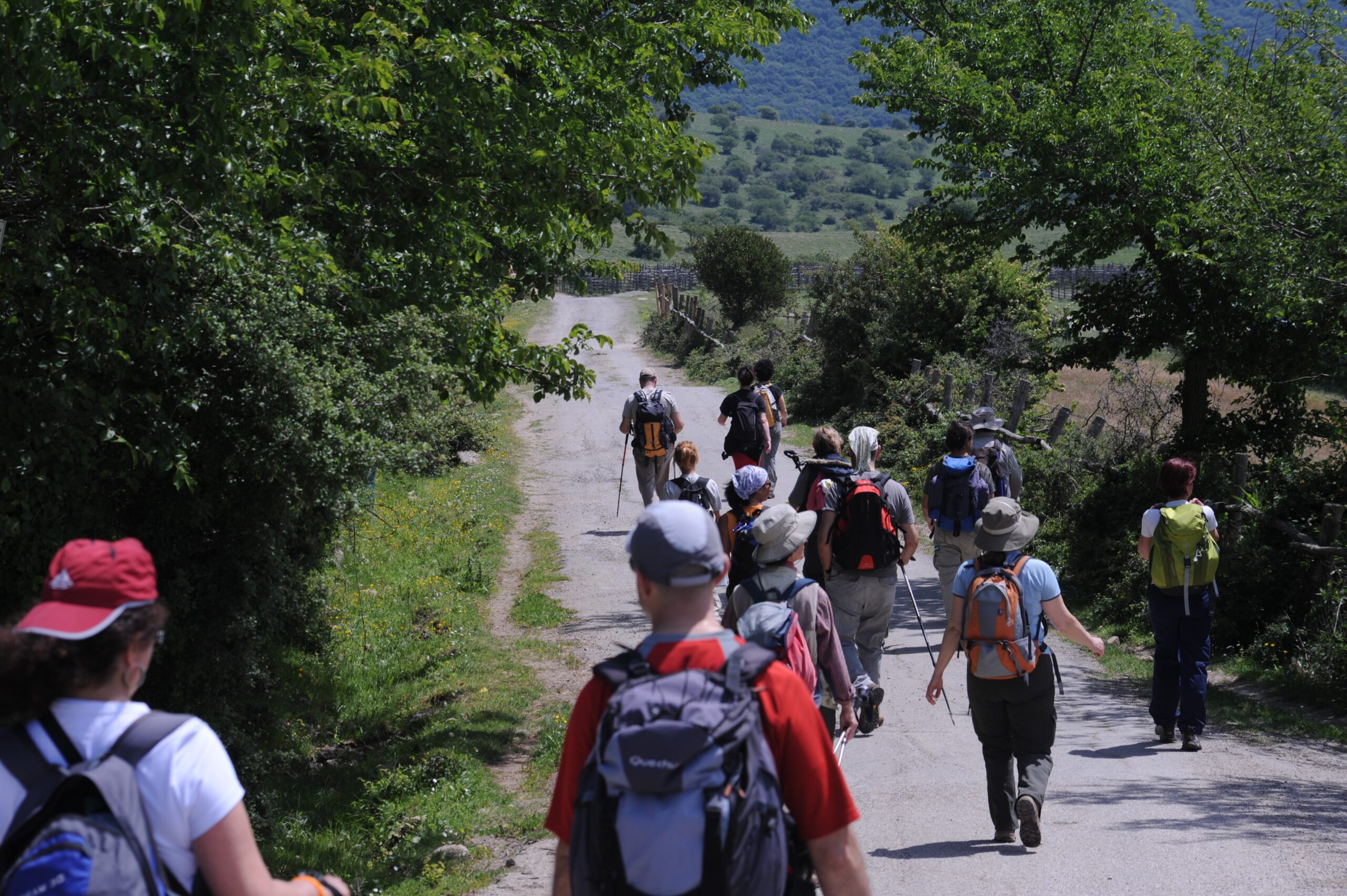Other Projects
A five-day walk on the Appia
Introduction
In 52 BC Publius Clodius Pulcher was killed near Rome on the Appian way…
Publius Clodius Pulcher was a Roman politician and demagogue, born to the influential patrician gens Claudia. He descended from Appius Claudius Caecus the censor in 312 BC, who had the via Appia constructed as a more efficient way to supply the Roman military engaged in the third Samnite war.
Publius Clodius Pulcher was embroiled in his early political career in a religious scandal which saw him develop a rivalry with the orator Cicero and successively became a plebeian to be eligible for the plebeian tribunate. He successfully stood as a tribune of the plebs for 58 BC and passed six laws to restore Rome’s collegia (private guilds and fraternities), expand the grain dole making it free rather than subsidized while also using those collegia as means for distribution.
When curule aedile in 56 BC, he feuded with and attempted to prosecute his political enemy, Titus Annius Milo, who controlled a rival set of urban mobs.
In 52 BC, amid renewed political violence and a campaign for the praetorship, Milo and Clodius encountered each other during January of that year on the via Appia, near Clodius’ villa in Bovillae. Both men travelled with armed entourages, but Clodius’ entourage was smaller: some 26 men to Milo’s 300. After the two groups passed each other in silence, a fight broke out between Clodius and one of the last men in Milo’s entourage and Clodius was killed.
Appia ex bello ad pacem / Appia from war to peace
From a road of violence – the Samnite Wars, the death of Publius Clodius Pulcher, thousands of other violent acts that we do not know of, the sack of Rome by the Holy Roman Emperor Charles V – to a road of peaceful walks.
Our five-day Appia walk
Walking is HU- man’s best medicine, Hippocrates 460 – 337 BC
Our project proposes to walk each year a different stretch of the Appia to restore it as an interesting walking route that has many things to see, to be discovered and admired.
We intend to create these yearly events for people from all walks of life and nationalities and for the persons and communities who live near the ancient track of the road to bring back the ancient allure of the Appia.
We took inspiration from the world famous “4 days of Nijmegen”, a yearly returning walking event that started in 1909 around that city of the Netherlands. In 2024 there were 45.000 participants from 70 nationalities.
Since there are many Roman reenactments groups in Europe, Usa, Canada and the rest of the world we would like that members of these groups would come over and join our walk in their Roman civilian reenactment clothing like we did in 2022 and will do in 2025. Walking, something that is often forgotten by these reenactment groups, was a big part of being a Roman and living in those times and what is better and nicer than reenacting that by walking on the oldest long paved road in Europe.
We envision a day of walking and a day of resting. We will ask the city where we will stop for a piece of land where the reenactors and walkers can set up their tents. During the following resting day the reenactment groups can make displays and demonstrations for the public of the town where they have arrived to and the walkers which are not part of reenactment groups can explore the city and surroundings.
Our nonprofit association Appia Hic et Nunc proposes this event in 2026 to be continued in 2027 etc. and to create an annual returning event similar to the above mentioned 4 days of Nijmegen, which we could call the “Five APPIA Days”
First event – The 5 days of the Appia.
Example for 2026:
- First Day Participants arrive at the Circus Maximus in Rome and walk the 21 km to Albano Laziale
- Second Day Re-enactors create shows and displays for the public at Albano Laziale
- Third Day Walk of 25 km from Albano Laziale to Tre Tabernae followed by transport to Terracina
- Fourth Day Re-enactors create shows and displays for the public at Albano Laziale
- Fifth Day Walk of 23 km from Terracina to Fondi, with at the end of the event transport to Rome
Example for 2027:
- First Day Arrival Fondi, make camp, shows and displays for the public
- Second Day Walk of 21 km to Formia
- Third Day Shows and displays for the public at Formia
- Fourth Day Walk of 16,5 km, visit Minturnae, procede another 6 km to Villa Matilde
- Fifth Day Shows and displays for the public at Villa Matilde
And so on until the year we reach Brindisium, by that time we will have established the Five APPIA Days as a yearly event and we could start during the subsequent year the march backwards but now over Trajan’s Appian road along the Adriatic coast which takes another route to Beneventum.

